Do you have a Spanish-style home with stylish kitchen accessories? Visit and check the kitchen appliances.

Almost all modern kitchens have one key component— brushed stainless steel!
Why? It is because of steel materials’ resilience, quality, and integrity. Besides the polished look, users have to fight back with some negative features of the brushed stainless steel. For example, fingerprints, smudges, water stains, and grease marks come all the way to destroy the appearance of your stainless steel.
Do you want to know how to avoid getting unnecessary stains? This guide will dig up various steps to clean brushed stainless steel.
Understanding the Fundamentals of Brushed Stainless Steel
Stainless steel comes in various shapes and varieties. It gives a polished look sometimes. While other times, you can get a grain-like finish.
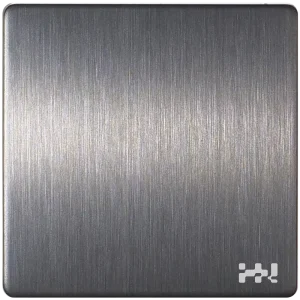
Brushed stainless steel is a grain-like finish of the stainless steel. It is created by polishing the stainless steel with a fine abrasive.
Why is there a grain-like finish? Why not the smooth finish?
If you have such questions flashing through your brain, the answer lies in hiding the scratches. But such finishes trap dirt, grease, and grime like a magnet.
Step-by-Step Guide: How to Clean Brushed Stainless Steel
Cleaning brushed stainless steel is one of the most challenging jobs. It doesn’t involve rough cleaning, as you can damage the surface. The attraction for the dirt makes it dirty.
When selecting the brushed stainless steel, get ready for regular maintenance. Let’s go through various steps with detailed reviews.
Step 1: Do a Quick Assessment
Don’t go guns blazing in the cleaning process. Instead, know whether your brushed stainless steel appliances require cleaning.
What is the problem with the stainless steel appliance?
- Smudged with fingerprints
- A little dirty due to dust trapping
- Greasy splatter is all over the surface.
What is the issue? Based on the issue, we cannot allow the dust or grease to stay longer.
Here is how we decide on the cleaning levels.
- Light Cleaning: Dust, fingerprints, smudges
- Moderate Cleaning: Grease, light grime
- Deep Cleaning: Stubborn stains, discoloration, or dried-on gunk
Step 2: Light Cleaning
How often do you keep your stainless steel appliances clean? Usually, a regular and light cleaning is helpful for daily cleaning. It gives an extraordinary look and lets the steel glow like a branded one.
Get ready with a few things on the desk.
- Microfiber cloth (never paper towels!)
- Warm water
- A drop of mild dish soap
Light cleaning is simple but worth its weight in gold. Here are a few instructions for the light cleaning process.
- Dampen your microfiber cloth with warm water.
- Wipe with the grain. There are no exceptions for this step. Do it at any cost!
- For greasy fingerprints, add a drop of mild dish soap. It will dissolve the prints and clear up the sky.
- Use a dry microfiber cloth to buff it dry.
Can you see your face in the stainless steel? Great! All credits go to you!
Expert Advice: Keep up regular cleaning to avoid the complete cleaning later on when you regret your decisions.
Step 3: Moderate Cleaning
Sometimes, simple cleaning is of no use. You have to turn on the aggressive mode. What can it be other than the moderate cleaning that wipes out all the particles that don’t give up?
Cooking grease or light grime needs you to go one step ahead of simple cleaning. For a moderate cleaning process, here are a few tools to gather.
- White vinegar (in a spray bottle). It cuts through the grease and cleans up the stainless steel. The ultimate glow gives a better touch.
- Olive oil or mineral oil. It repels fingerprints and provides better protection.
- Microfiber clothes
- Dish soap
Instructions
- Spot the grease on the surface. If you can’t find the boundary, spray white vinegar directly on the surface.
- Let it sit for 30 seconds.
- Wipe with the grain using a microfiber cloth.
- Rinse with warm water and a small amount of dish soap.
- Dry thoroughly, then buff with a few drops of oil to restore shine.
Check the surface after the moderate cleaning. Does your stainless steel surface glow? Perfect cleaning!
Step 4: Deep Cleaning
Sometimes, you find stubborn smudges. Water spots, baked-on grease, or stubborn discoloration come out of the blue because you haven’t cleaned your stainless steel for an extended period.
So, how do you fight such cases? You must roll up your sleeves and get ready for the aggressive battles.
Slip the following tools into your pockets.
- Baking soda
- Water
- Soft-bristled brush or non-abrasive sponge
- Vinegar (optional). It provides better cleaning for grease and long-term spots.
- Microfiber cloths
Move the following steps to get the ultimate solution for deep cleaning.
Instructions
- Mix baking soda and water to make a paste.
- Apply it directly onto the trouble spots — use your fingers or a soft sponge.
- Scrub gently in the direction of the grain.
- Wipe clean with a damp cloth.
- If needed, follow with a vinegar spray, then rinse and dry.
- Finish with a buff of mineral oil.
Quick hack: Go smoothly and thoroughly until the whole area is clean. Don’t be too aggressive in this case.
What should you avoid in the cleaning process?
Suppose you have started the cleaning process. What is special handling, and how can you tackle all the errors?
There are a few tools that cause more damage than cleaning. Here is what you should avoid.
Never use steel wool or abrasive pads.
Abrasive pads have a rough surface. Applying them over brushed stainless steel will clean the surface but at the cost of scratches. They cause damage to the steel surface and make it challenging and rough to manage the brushed stainless steel.
No bleach
The finish is all stainless steel. When it glows, it is possible due to the excellent finish.
Do you know what kills the finish? It is the bleach that acts 180 degrees opposite to the stainless steel. It can remove the upper finish layer and expose the underneath layer.
Don’t go against the grain.
Going against the grains and lines can disrupt the whole structure of the brushed stainless steel. Therefore, never go up against the grain.
Avoid air-drying
Water spots cause damage to almost all the materials, even the stainless steel. It catches rust in some cases when you have purchased poor-quality stainless steel.
Rare Cases Which Cause Stubborn Stains
You might have understood the deep cleaning. Sometimes, it becomes useless due to unique variants of stains that are killer for your cleaning process.
Let’s uncover all the exceptional cases that cause stubborn stains.
Burn Marks
Stainless Steel is often used in kitchen appliances. If you use them for more extended periods and boil or cook the food without cleaning, burn marks make a permanent place.
But you can brush them off with our new and perfect strategy given as:
- Sprinkle baking soda generously.
- Pour vinegar to create a fizzing reaction.
- Let it sit for 15–20 minutes.
- Scrub with a soft sponge.
- Rinse, dry, and buff.
Rust Stains
There are a few reasons behind the uninvited rust stains. They make a permanent place when there is constant exposure to the stains. Sometimes, continuous use of chemicals can also cause rust stains.
Here is how you get rid of rust stains.
- Make a paste with baking soda and lemon juice.
- Apply and let sit for 30 minutes.
- Rub gently with a soft brush.
- Rinse, dry, and oil.
Impactful point: Avoid using harsh chemicals that are toxic to your brushed stainless steel. If you can’t prevent it, stick with the daily cleaning jobs to avoid future problems.
How and when should you clean the brushed stainless steel?
Cleaning the brushed stainless steel is a hassle-free task. But regular cleaning can add up to the problems.
However, you can clean the brushed stainless steel with the following aspects.
Weekly Routine
- A quick wipe-down with warm water and microfiber.
- Monthly oil polish to reduce future smudge.
Every Few Months
- Full clean with vinegar and dish soap.
- Deep clean if needed.
Maintain the timeline of the cleaning process. Never ignore the inspection; you are good to go for the long-term cleaning process. It is the best deal to elevate the durability of stainless steel for extended periods.
Conclusion
Keeping your brushed stainless steel materials clean is all about innovative skills, not hard work. Daily maintenance can skip future problems. But do you have enough time to stay with your cleaning activities?
A few hacks are:
- Work with the right tools to clean up your stainless steel like new material.
- Be gentle. Being harsh can cause scratches and tarnish the appearance of stainless steel.
Do you want to purchase the quality stainless steel that has stayed with you for decades?
Contact H&N Deco Metal suppliers. Our premium quality brushed stainless steel sheets retain excellent resilience and provide the ultimate user durability. You can gain confidence and enjoy a long-lasting performance now!

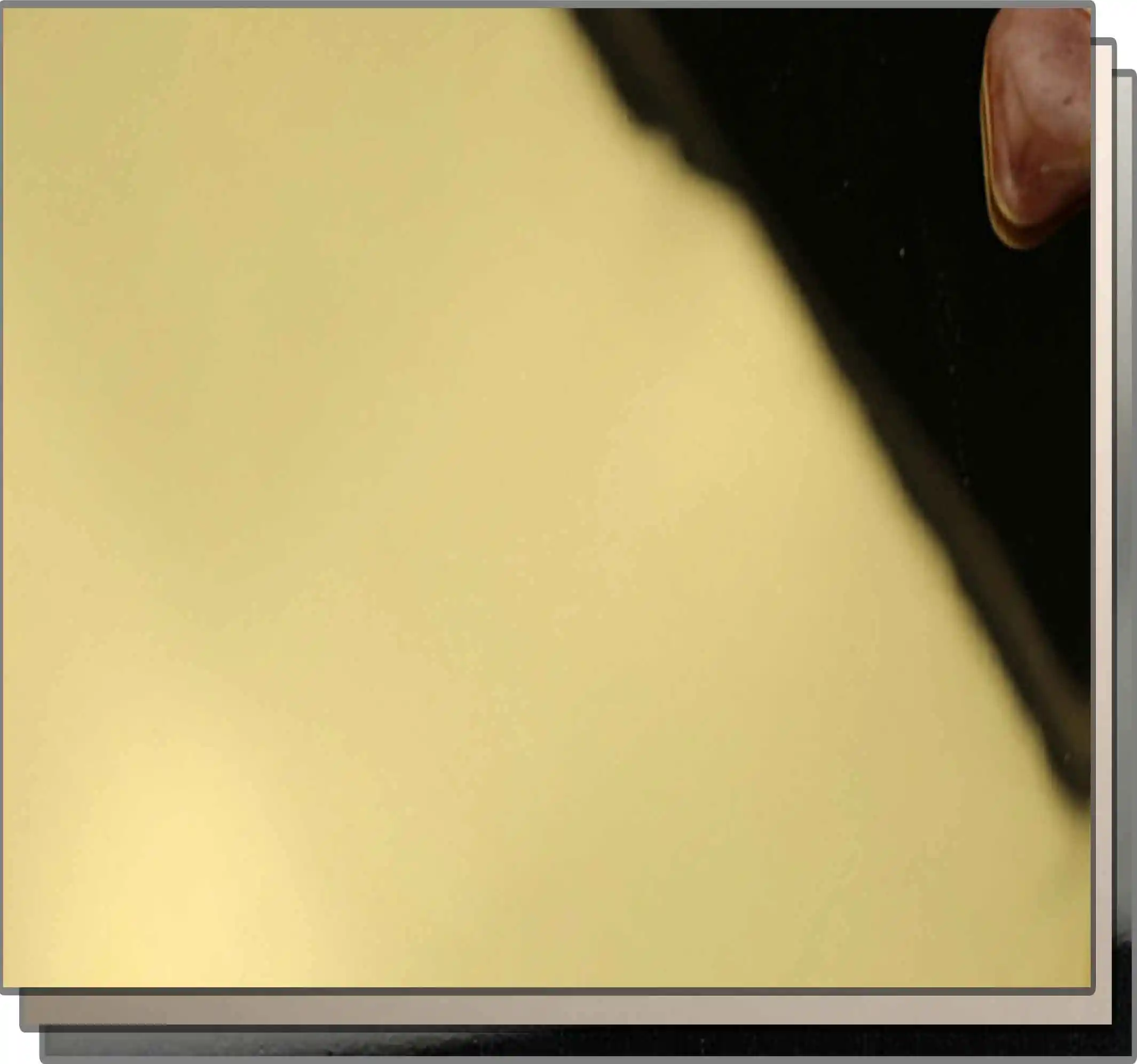
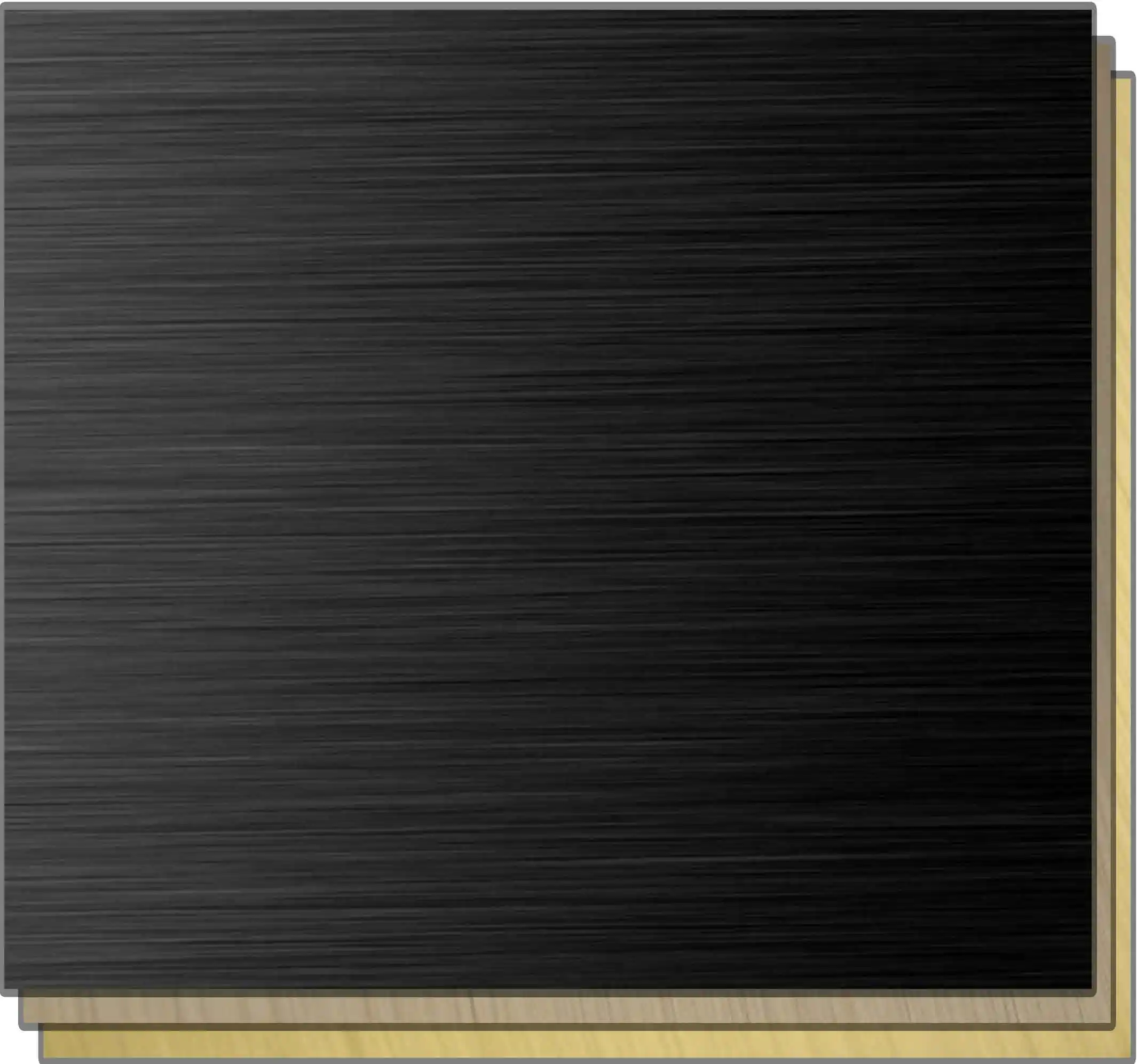
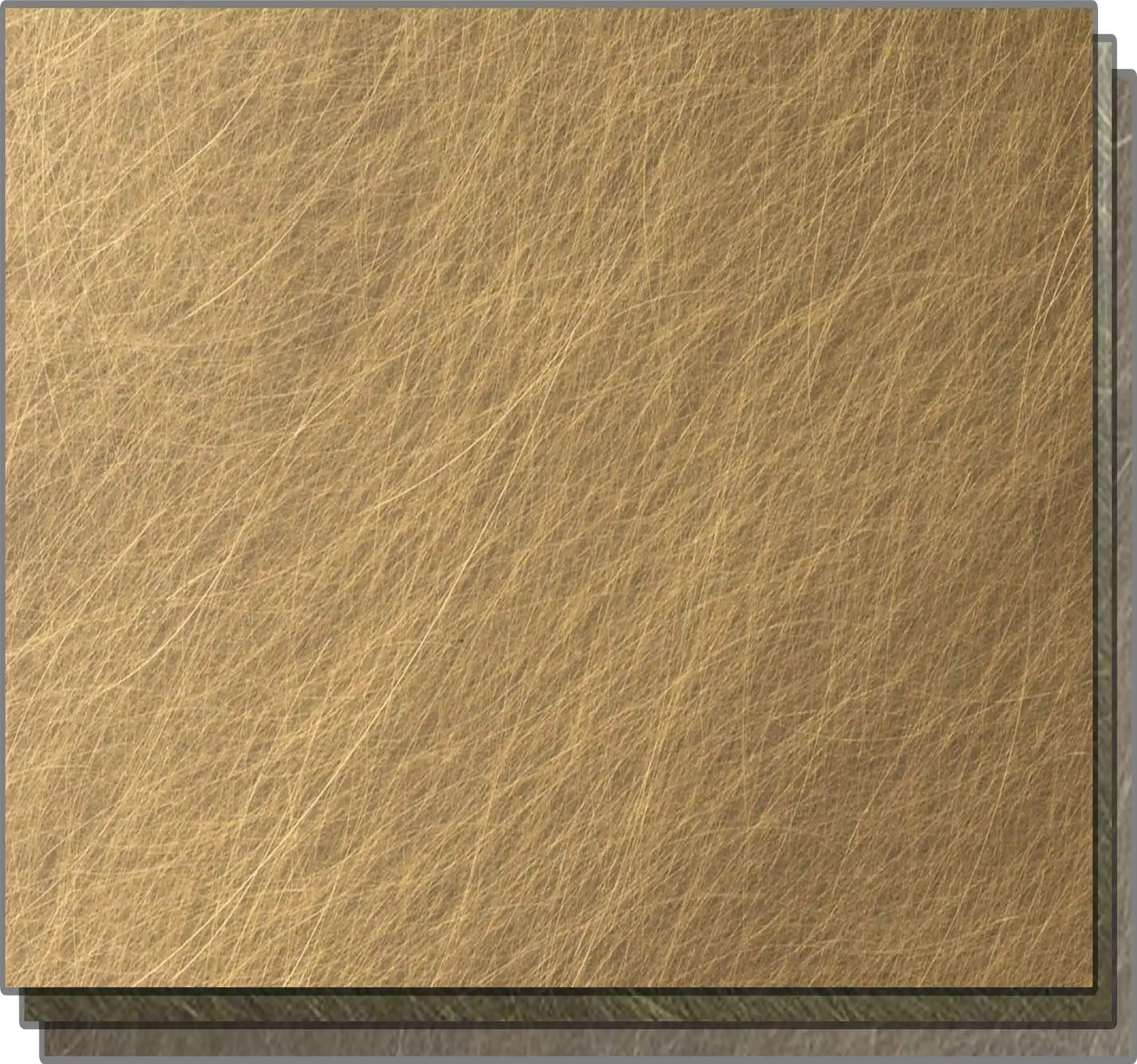
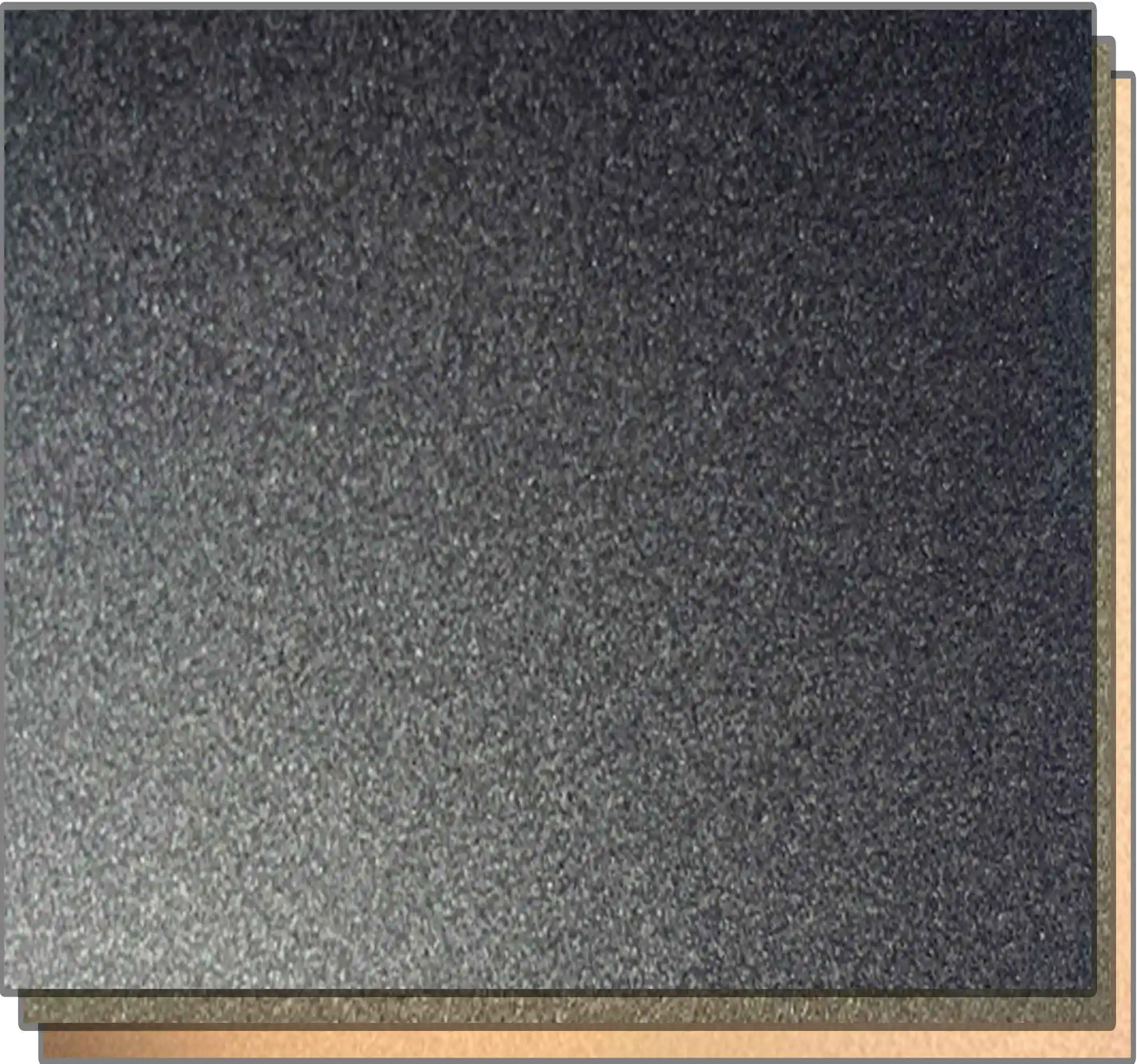
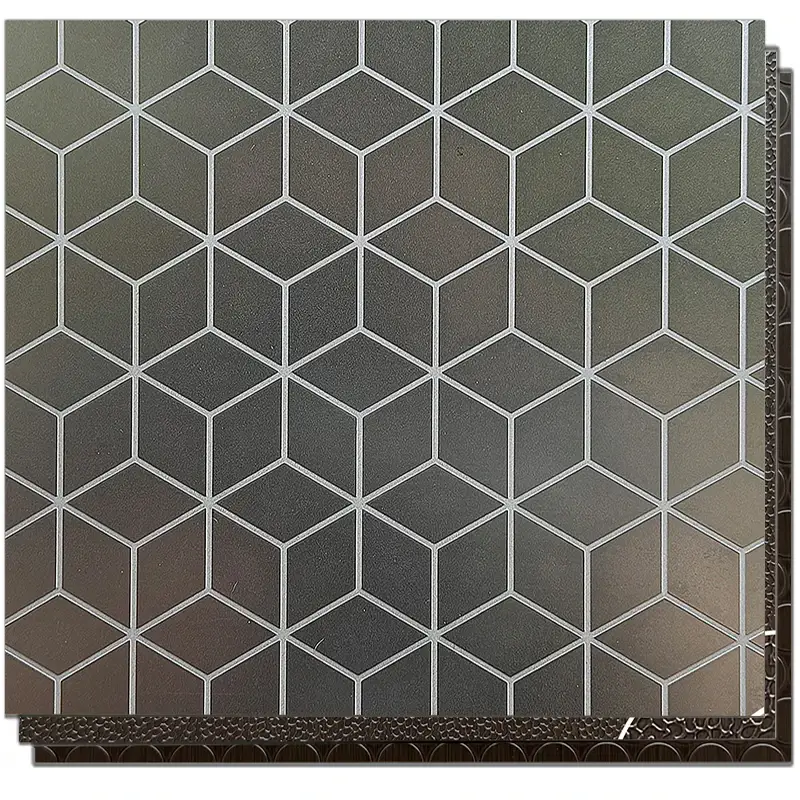
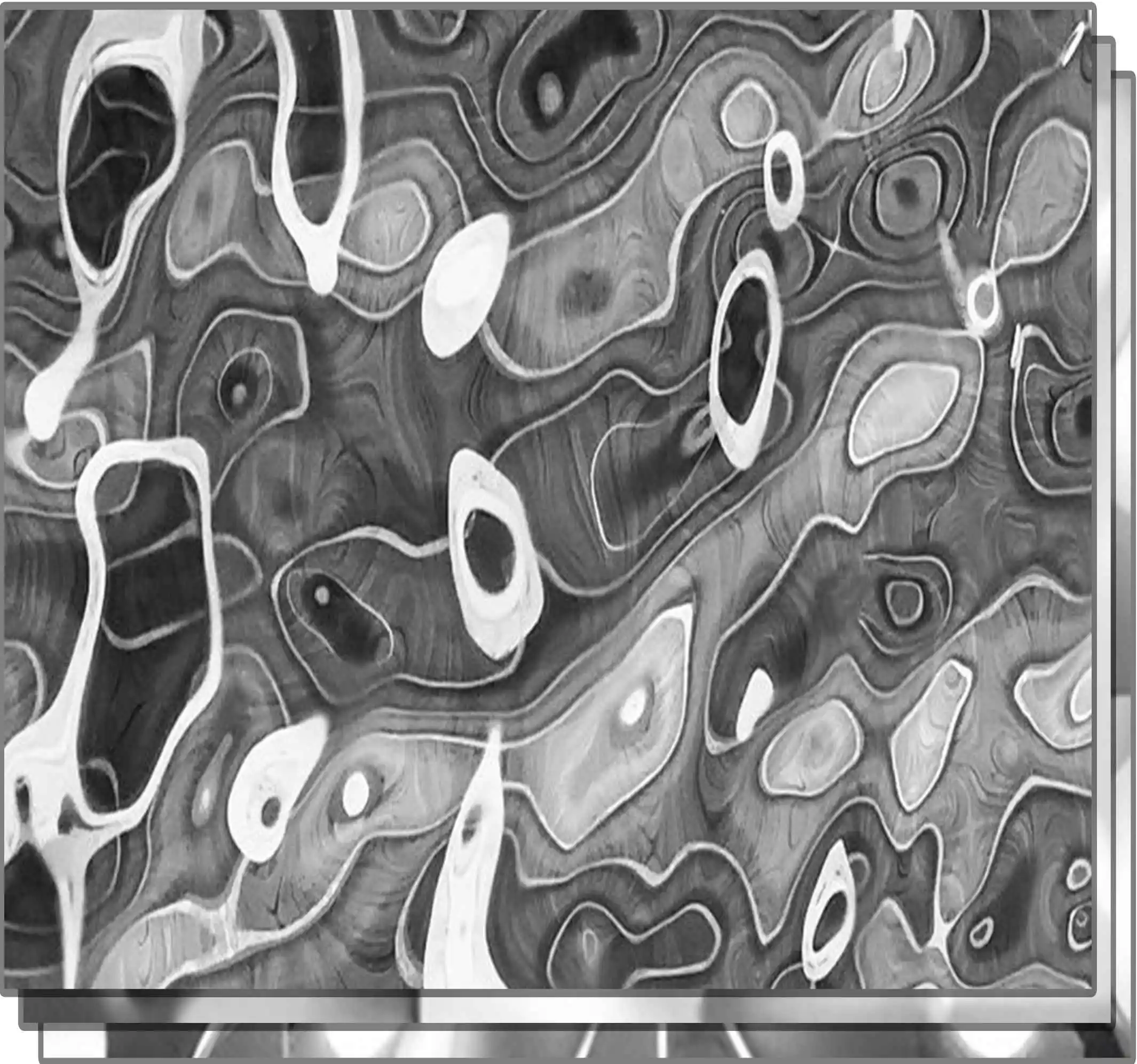
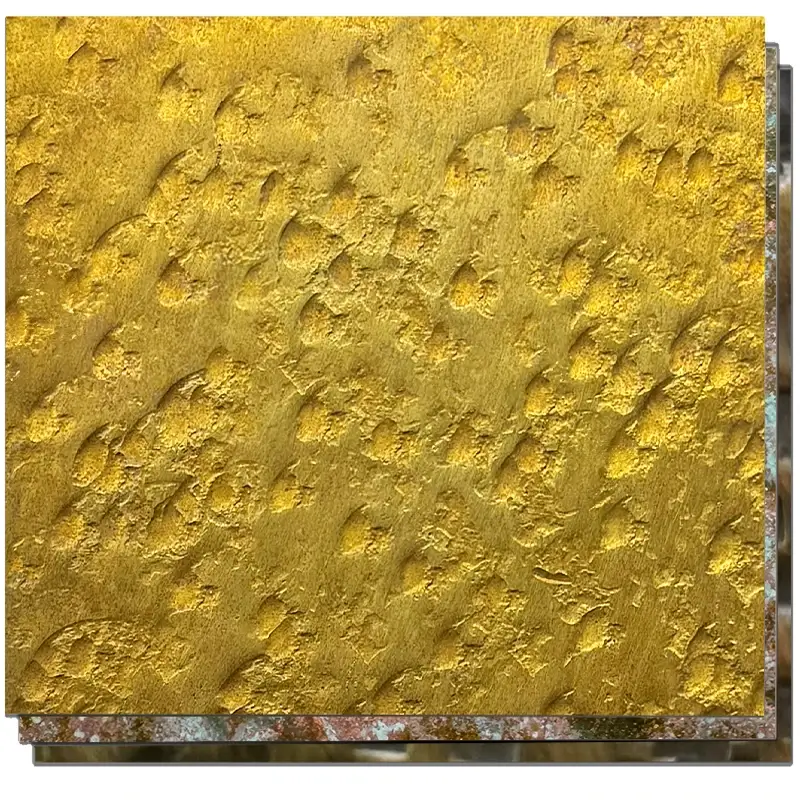
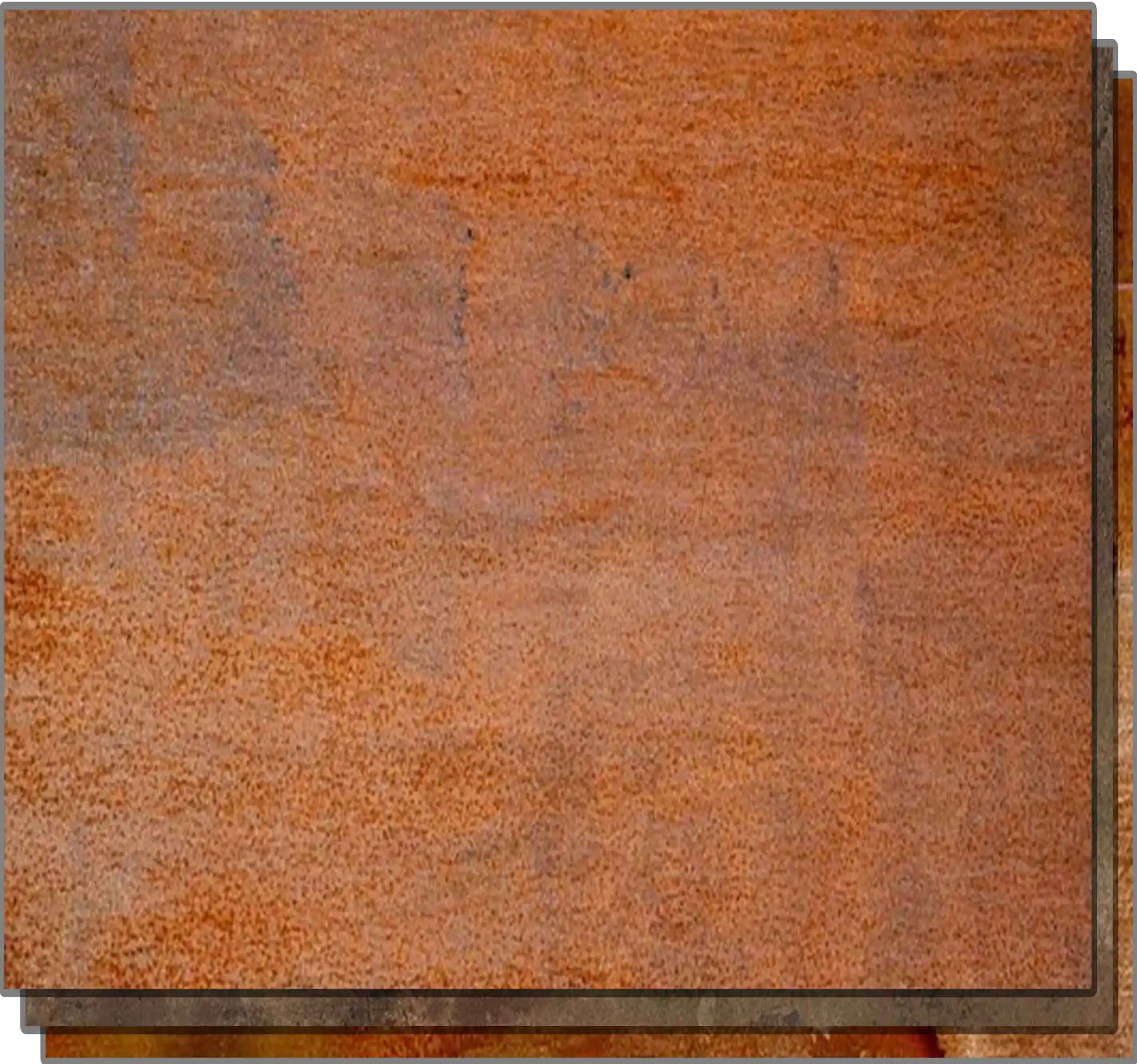
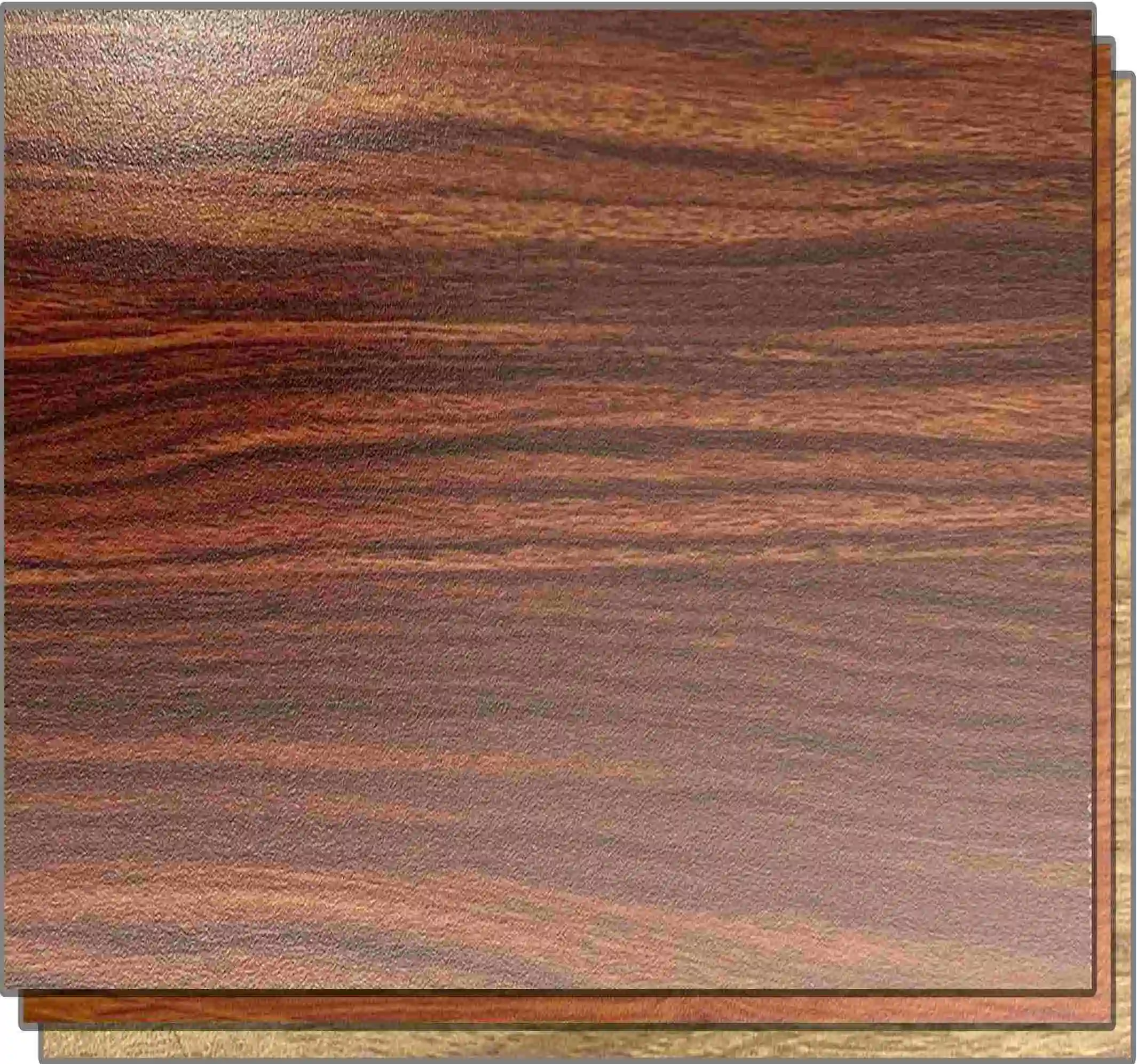
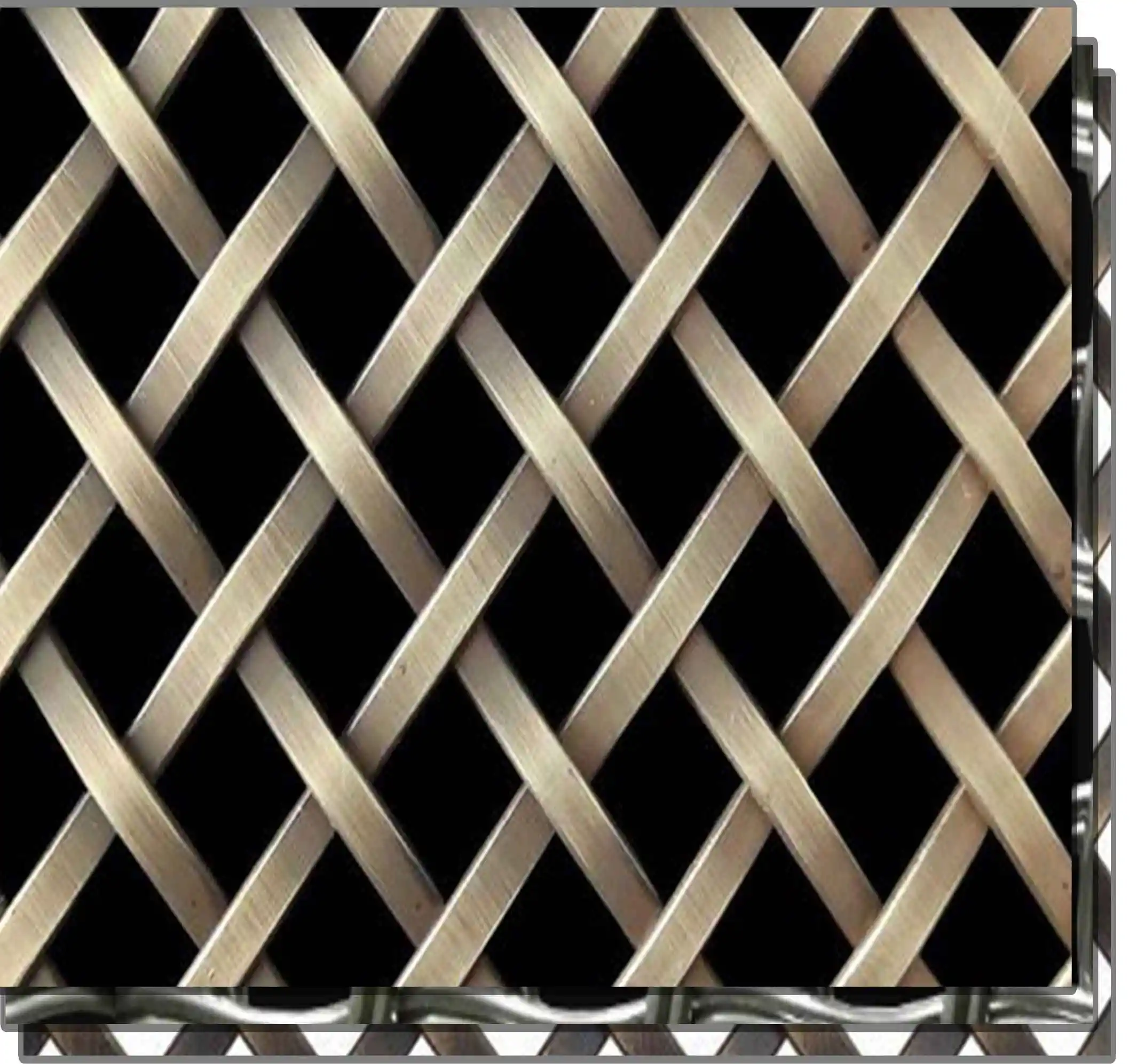
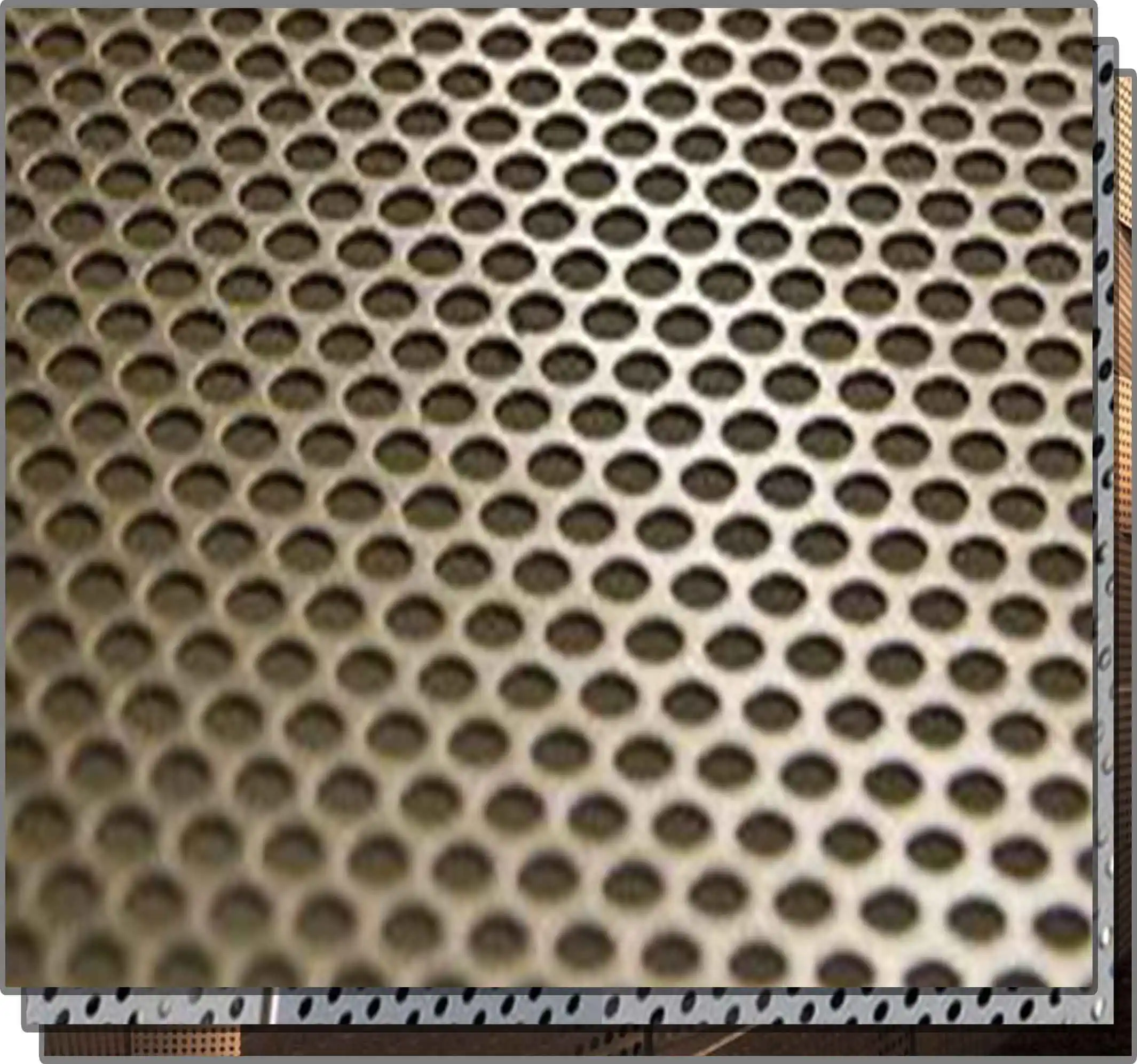
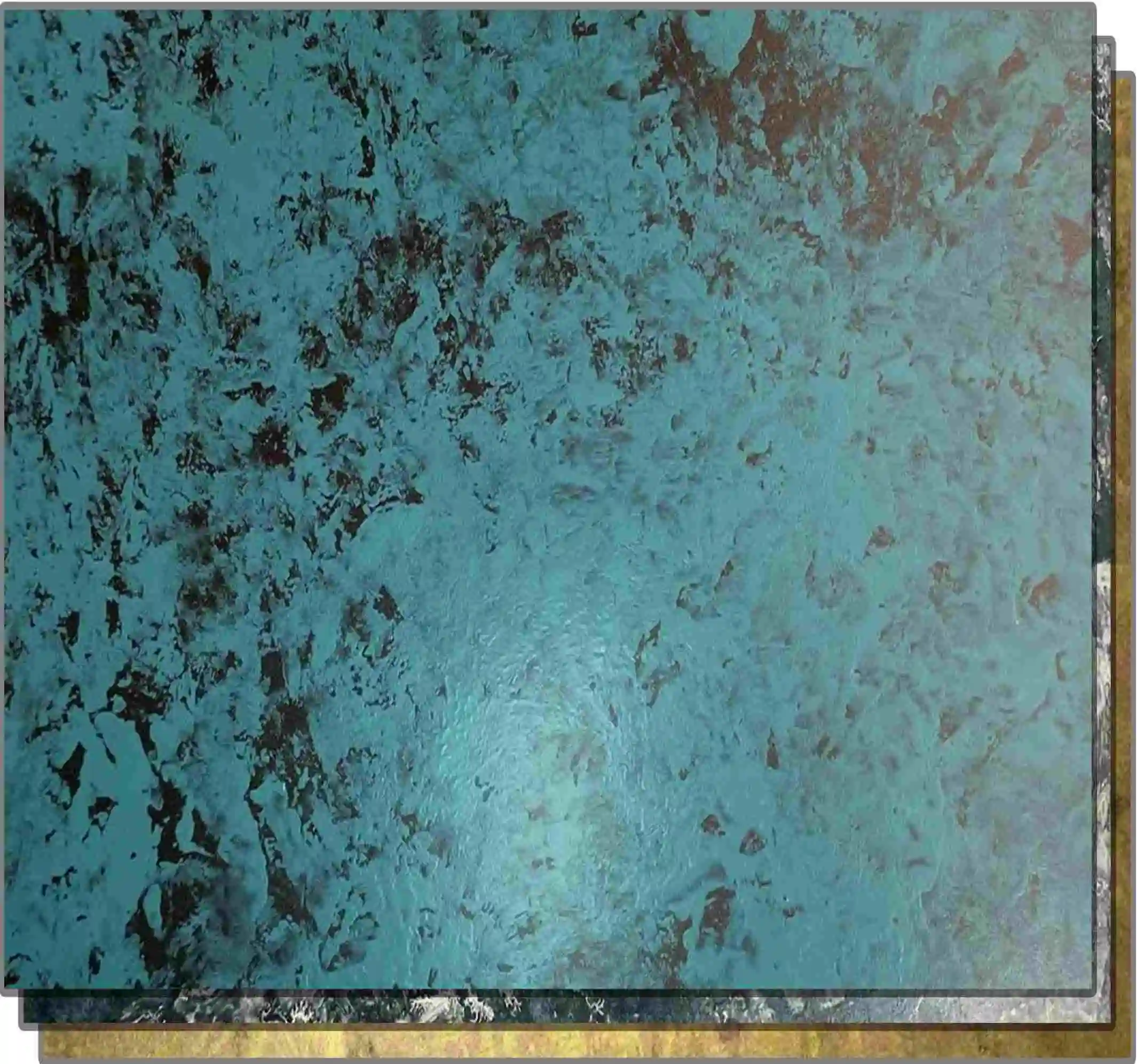
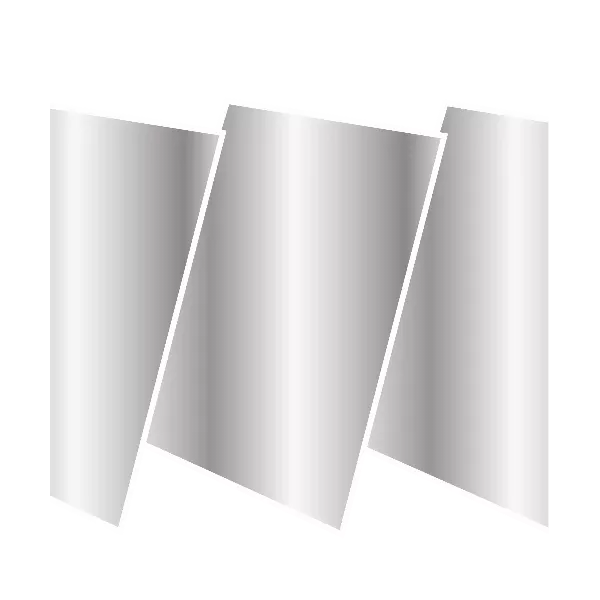



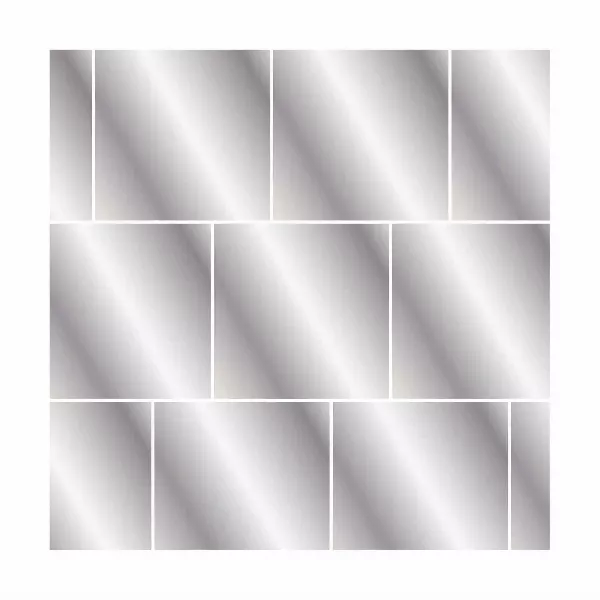

Related News
2025-05-20
2025-05-16
2025-05-12
2025-04-22